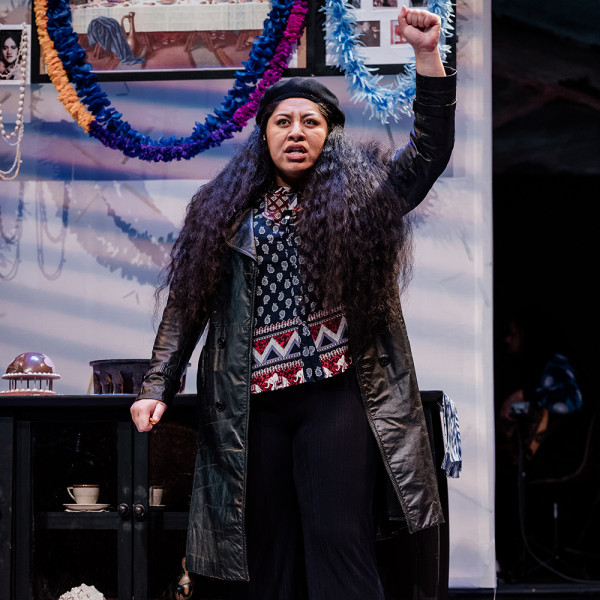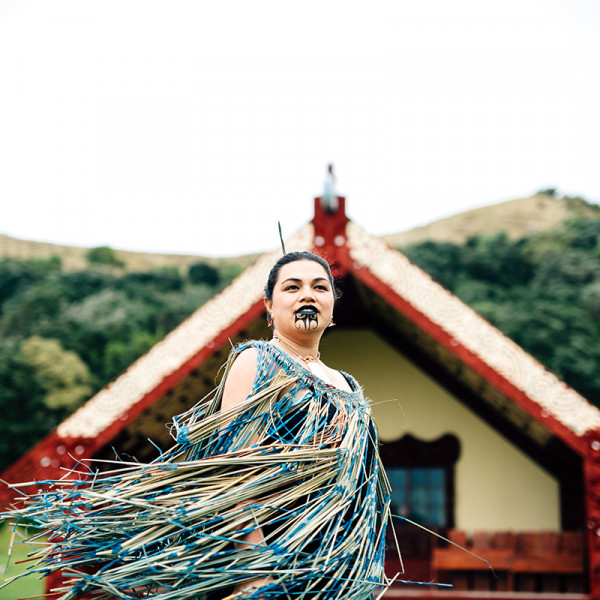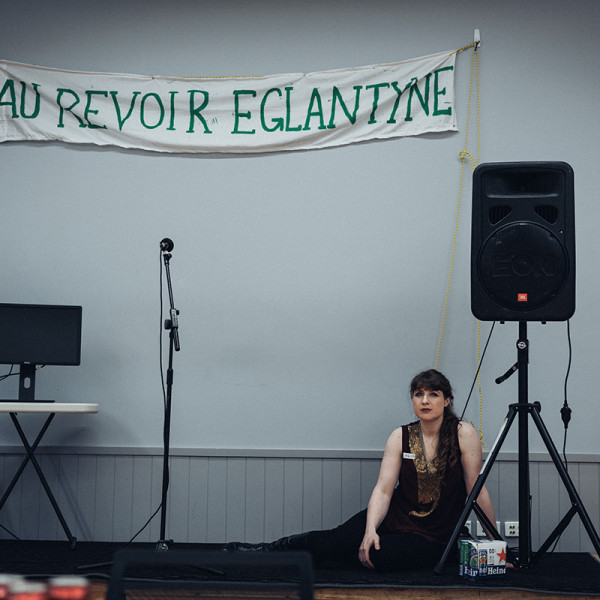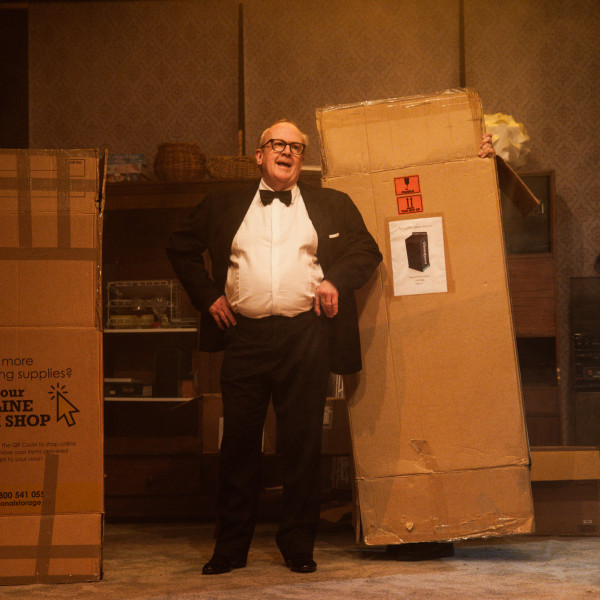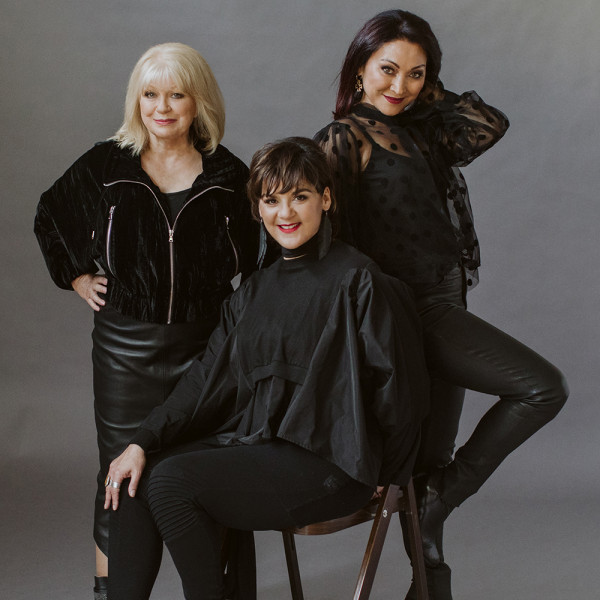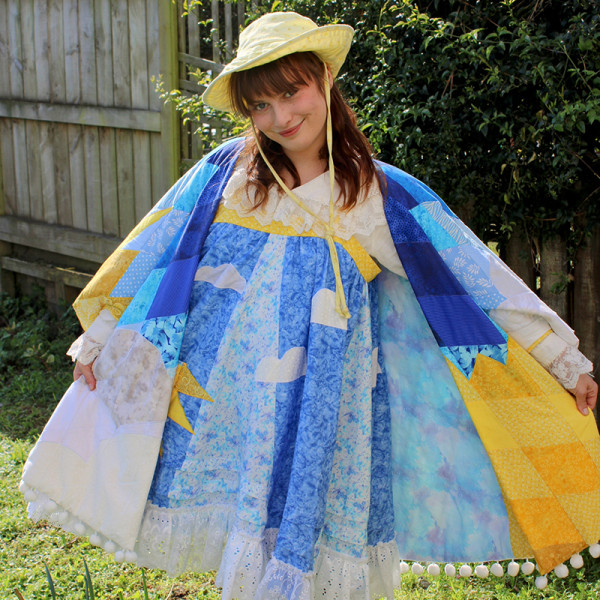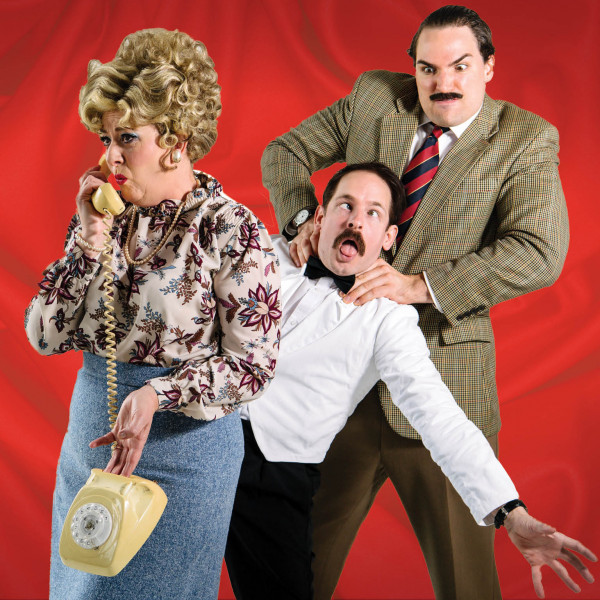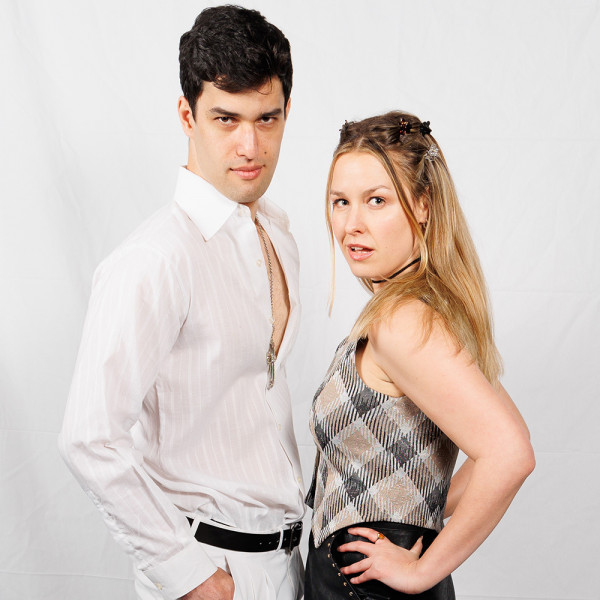
Twelfth Night
Written by: William Shakespeare
Directed by: Joy Hellyer and Paul Kay
Gryphon Theatre, 8th Nov 2024
Reviewed by: Tanya Piejus
Welcome to 1990s Illyria! It’s a party resort on a Greek island in the sun, glowing in whitewash and shocking-pink bougainvillea (set designer Amy Whiterod). In his vibrant nightclub, Orsino (Ren Mahuika) bemoans his lovesickness for a grieving Olivia (Lydia Verschaffelt), while Viola (Ivana Palezevic) and her twin brother Sebastian (Blake Boston) separately wash up after a shipwreck. Elsewhere, an unholy alliance of Sir Toby Belch (Allan Burne), Sir Andrew Aguecheek (Sean Farrell), Maria (Catherine McMechan), and Fabia (Margot Allais) set a trap for uptight steward Malvolio (Mike McJorrow). It’s Shakespeare’s greatest comedy, it’s twins, it’s the 90s… you need naught else for the best night of entertainment in Wellington right now.
The vision of directors Joy Hellyer and Paul Kay is steeped throughout this delicious production. Emma Bell and Mike Slater’s lush and colourful lighting design enhances Whiterod’s Mediterranean set beautifully. The wardrobe (Katie Knight and Meredith Dooley, assisted by Amy Vines) is perfectly period with a transformed Malvolio’s bright-yellow Ali G outfit, complete with bling, a stunning and laugh-out-loud highlight.
Kay’s sound design is a continuous playlist of 90s bangers, cunningly woven into the narrative and even replacing the odd line of dialogue. If you feel so inclined, you can boogie with the cast during the interval and join in the final Macarena. Warning: you will find yourself on your feet at the end as it’s impossible not to be swept up in the infectious joy of this version of a Shakespeare classic.
The cast is superb all round, working slickly and harmoniously together to tell a somewhat ridiculous but always entertaining story. It’s hard to pick standouts from such a good lineup but Burne’s Sir Toby and McJorrow’s Malvolio are favourites, both embracing the comedy and tragedy in their characters. Charlie Potter as Feste must also be commended for her wonderful singing and unfettered demand for cash.
The Bard himself would be bopping like the Backstreet Boys in this stunningly sunny Stagecraft production.



